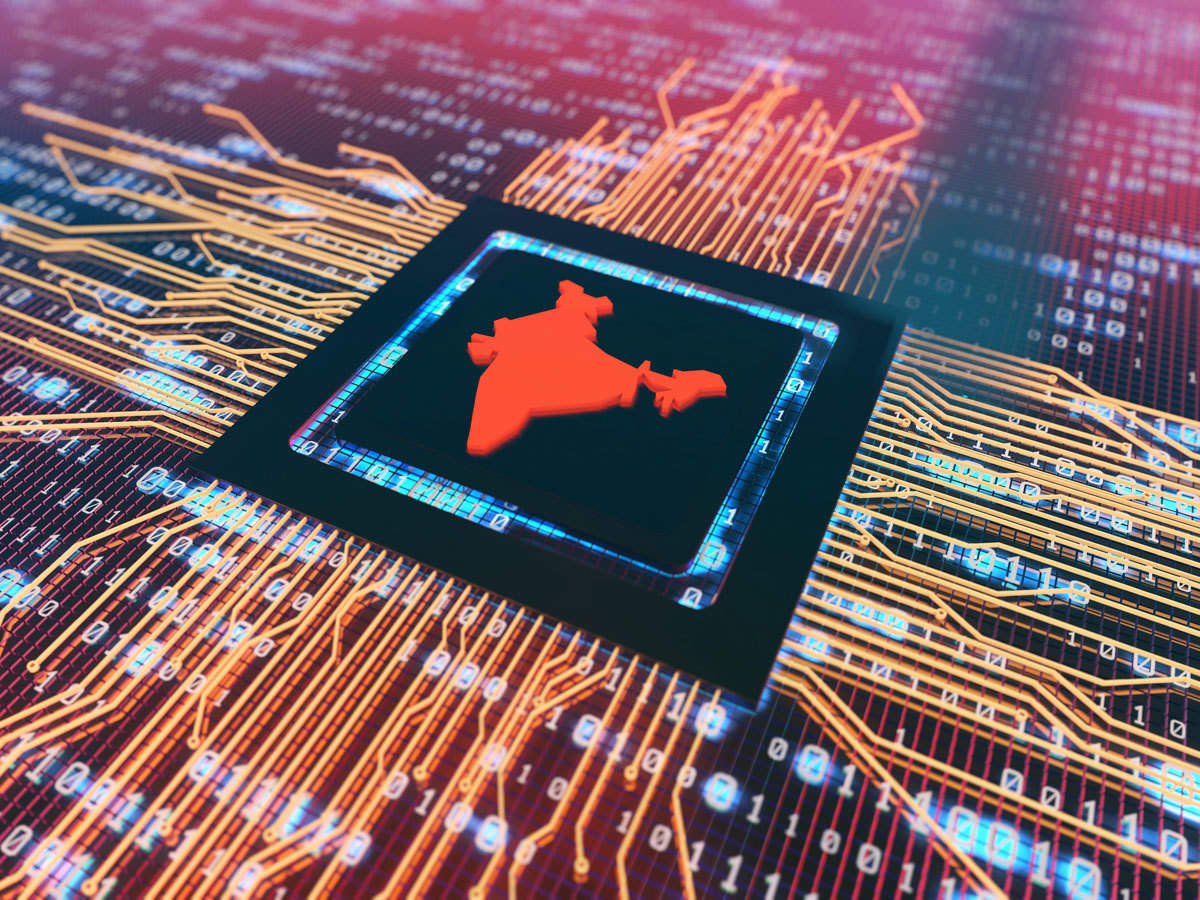Introduction
India is a country that is recognized for its rich heritage and culture has seen remarkable advancements across a wide range of areas. Like any other nation, it is facing numerous difficulties, specifically in the field of technology. This article we’ll look at the technological issues in India and explore possible solutions to tackle these issues. From the limitations of infrastructure to Technical Problems in India , we will look at the main areas that are hindering the development of India’s technology.
Table of Contents
- Infrastructure Challenges
- Insufficient Connectivity
- Power Supply Problems
- Digital Divide
- Access to Internet is not always available.
- Disparity in rural Areas
- Cybersecurity Issues
- Privacy of Personal Data
- Cybercrime
- Skills Gap
- The lack of technical Education
- The need for programs to enhance skills
- E-Governance Implementation
- Bureaucratic Problèmes
- Public Information
Infrastructure Challenges
Insufficient Connectivity
The country’s immense geography poses an enormous challenge to establishing reliable connectivity throughout the nation. Rural areas are often without connectivity, which makes it challenging for users to access the internet and make use from digital offerings. Establishing a solid network infrastructure, particularly in rural areas is essential to bridge the digital gap.
Power Supply Problems
A lack of power and a sporadic supply is another obstacle to India’s technological progress. Power outages frequently disrupt the online activity of the educational institutions, businesses as well as individuals who depend on technology. Enhancing the power infrastructure and implementing alternative energy sources may assist in tackling this issue.
Digital Divide
Access to the Internet is not always available.
Although India has seen significant growth in the use of internet throughout the years there are millions of people who are not connected to the internet. In addition, expanding internet connectivity to underserved regions and reducing the cost of data services is essential to ensure equal access for everyone.
Disparity in rural Areas
Rural areas face particular challenges regarding access to technology due to a lack of infrastructure and low rates of digital literacy. The solution to this problem requires a multi-faceted strategy that involves infrastructure development and digital literacy programs and programs to promote local entrepreneurs.
Cybersecurity Issues
Data Privacy
As the world becomes increasingly digitalized with personal data, privacy of data is now a major matter. Data breaches and cyberattacks could result in severe consequences for both businesses and individuals. The implementation of robust data protection laws and increasing cyber-security awareness will help protect sensitive data.
Cybercrime
The rapid growth of technology has also led the rise of cybercrime in India. Cybercrime, fraud and online scams can are a major risk to both individuals and companies. Enhancing the cybersecurity infrastructure, increasing police capabilities and promoting digital literacy could aid in fighting cybercrime.
Skills Gap
The lack of technical Education

Lack of good technical education options is a major hurdle in India’s tech sector. To overcome this problem there is a need to overhaul the educational system and implement comprehensive technology-focused education programs starting at a young stage. Promoting public-private partnerships and setting up centres for skill development can aid in the development of a skilled workforce.
Skills Enhancement Programs are required
Even among those who are technically qualified the rapid pace of technology requires constant training and improvement of skills. Encouragement of professionals to improve their skills and re-skill themselves through training and certifications is crucial to bridge the gap in skills.
Implementation of E-Governance
Bureaucratic Problèmes
The bureaucratic structure of India can pose difficulties in the implementation of e-Governance initiatives. The streamlining of administrative processes, the reduction of bureaucratic red tape, and adopting digital transformation in government agencies can improve the quality of services and increase efficiency.
Public Sensitivity
Although a variety of digital services are readily available but a lack of understanding hampers their widespread acceptance. Informing the general public about the advantages of e-governance digital payments as well as other advancements in technology is vital to encourage the use of these services and increasing their capabilities.
Conclusion
India’s path to technological advancement is not without its challenges. The challenges of infrastructure and the digital divide cybersecurity concerns, the skills gaps, as well as bureaucratic challenges all require attention and action. If we can address these problems, India can unlock its full potential, by giving its citizens the tools to be successful and driving the development of technology. With the help of government, the private sector and citizens, India can overcome these technological challenges and become an innovative digitally-savvy nation.
FAQs
1. What is the digital divide in India?
The digital divide in India refers to the disparity in internet access and technological opportunities between different regions and socioeconomic groups.
2. How can India bridge the digital divide?
India can bridge the digital divide by expanding internet connectivity, reducing data costs, and implementing digital literacy programs, especially in rural and underserved areas.
3. What are the major cybersecurity concerns in India?
Some of the major cybersecurity concerns in India include data privacy, cybercrime, and the need for robust cybersecurity infrastructure and awareness.
4. How can India address the skills gap in the technology sector?
India can address the skills gap by revamping the education system, introducing technology-focused programs, promoting skill enhancement programs, and fostering public-private partnerships.
5. What is e-governance, and why is it important?
E-governance refers to the use of technology to enhance government services and improve administrative processes. It is important as it leads to greater efficiency, transparency, and accessibility in governance.

